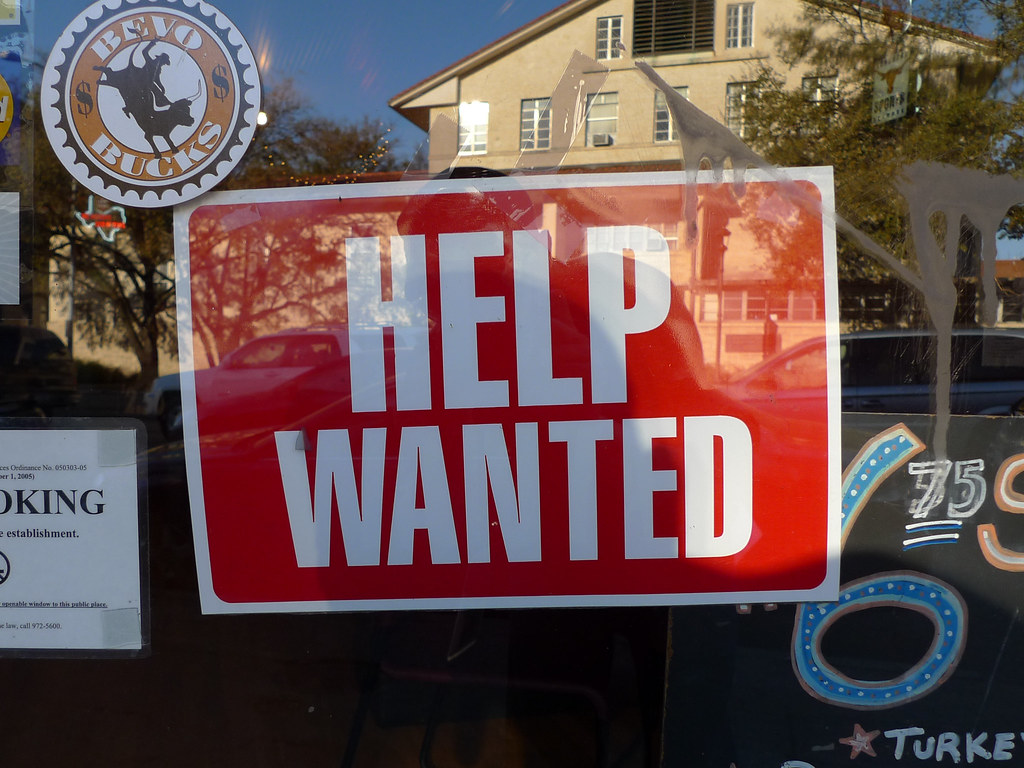Numerous “Help Wanted” signs are appearing in drive thru windows and at the entrances to box stores, among other industries. This could be concerning to agricultural employers, who have historically served as only a temporary place of employment for new immigrants as they seek out work in other industries (Martin, 2002; Martin and Taylor, 2013). Card and Lewis (2007) show that the share of immigrants working in agriculture decreases the longer immigrants remain in the United States. What happens to the farm labor supply when there are abundant job openings in other industries that employ workers with less than a college education?
H-2A agricultural guest workers will likely serve as an increasingly important source of farm workers as labor opportunities in other industries continue to rise. Farm employers who can demonstrate that no workers in the domestic labor force are willing or able to perform a seasonal or temporary job can apply to hire H-2A nonimmigrant guest workers, who receive a temporary visa to work on a farm or ranch. H-2A employment grew by more than 450% between 2001 and 2019. A recent working paper that Marcelo Castillo and I presented at the International Conference for Agricultural Economists in August 2021 shows that a 1% increase in housing demand caused H-2A employment to increase by 0.40-0.97% within commuting zones from 2001-2017. Previous literature shows that housing demand shocks are associated with increased employment in construction, services, and other industries that traditionally employ a large share of immigrants. We hypothesize that housing demand increases H-2A employment by pulling workers from the local farm sector to work in these other non-farm industries. Thus, farm employers seek out additional workers through the H-2A program, who are bound by their visas to work only in the farm sector. We find that a 1% increase in housing demand also leads to a 0.045% increase in weekly farm wages within commuting zones, consistent with an inward shift in the local farm labor supply.
H-2A certified positions grew by 17,647 between 2019 and 2020. As long as competition for workers with less than college education continues to increase, H-2A employment will likely increase as well.
Works Cited
Card, D. and E.G. Lewis. 2007. “The Diffusion of Mexican Immigrants during the 1990s: Explanations and Impacts.” In Mexican Immigration to the United States. University of Chicago Press, pp. 193-228.
Martin, P. 2002. “Mexican workers and US Agriculture: The Revolving Door.” International Migration Review. 36: 1124-1142.
Martin, P. and J.E. Taylor. 2013. “Ripe with Change: Evolving Farm Labor Markets in the United States, Mexico, and Central America.” Migration Policy Institute.

